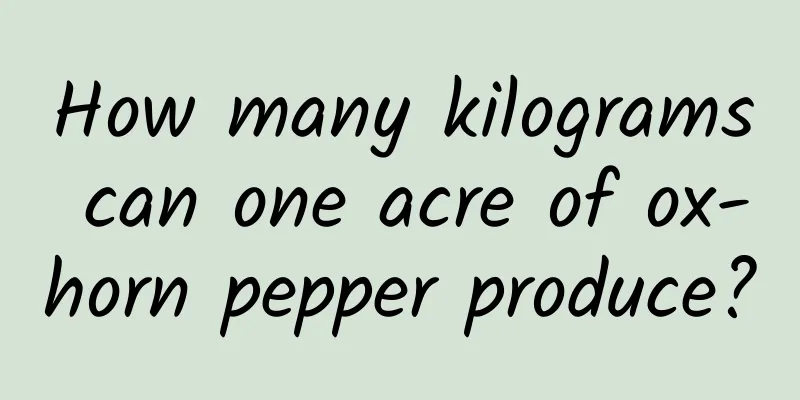12 common diseases in flower cultivation, one cure, save them now!

Leaf shedding1. Curling and falling off The reason for leaf curling and falling may be low temperature or high temperature in summer. Huahua recommends that you do not water from the top of the leaves. If the temperature changes too much, you can keep the flowers indoors. 2. Sudden shedding When leaves wilt and fall off without fading, it is often because the plant has been suddenly attacked, such as human damage, sudden temperature change, cold wind, or dry soil. Woody plants are more likely to shed their leaves than herbaceous plants. 3. Yellowing and falling of leaves If a large number of leaves turn yellow and fall off, it means you have watered too much. Of course, it is normal for one or two old leaves to fall off occasionally, so flower lovers don’t need to worry. 4. The bottom leaves dry and fall off When the bottom leaves fall off, in addition to the damage caused by high temperature, another possibility is that the soil is too dry and the plant needs sunlight and watering. Leaf abnormality1. Spots or patches appear on leaves If the spots and patches on the leaves are wrinkled and brown, it is very likely that the plant is lacking water. If the spots soften and turn dark brown, it could be caused by chemical damage, sunburn, or pests. If the spots are a little moist, it is caused by disease. Huahua recommends that flower lovers water the plants on sunny and warm mornings. If the plants are burned, move them to a ventilated and shaded place and remove the spotted leaves. Leaves infected with leaf spot must be removed and cleaned up to avoid infecting healthy leaves! 2. The top leaves are small and yellow, and in severe cases, brown spots may appear. This problem usually occurs when the plants are not adapted to the soil composition. For example, plants that prefer acidic soil and plants that are sensitive to calcium are not adapted to the hard water in the north. It is recommended to add appropriate fertilizers, especially phosphorus fertilizers, trace elements and ferrous sulfate. 3. Leaf tips and edges turn brown Once this phenomenon occurs on your own green plants, you must distinguish the characteristics. If only the tip of the leaves turns brown, it may be caused by hot air. If the edges of the leaves turn brown, there are many reasons, such as too much or too little watering, too much or too little light, too high or too low temperature...all of these can cause the edges of the leaves to turn yellow or brown! 4. Small leaves, light color, slender stems If this happens to the green plants during their growth period, it may be due to lack of fertilizer, insufficient light or excessive watering. Huahua suggests taking the green plants outdoors so that they can absorb more sunlight. 5. The leaves wilt and look lifeless If the light is too strong, the green leaves will generally wilt. If it is a large-leafed green plant, it may also be because there is dust on the leaves that affects the vitality of the plant, so remember to clean the plants frequently. Other issues1. Plant growth is slow If the plant's growth is getting slower or slower, or even stops, it may be that its roots have filled the pot and the plant has no more room to grow. In addition, winter is generally a dormant period for many plants, and their growth is relatively slow. 2. Stem and leaf rot When you water too much in winter or when water accumulates on the leaves at night, the stems and leaves are prone to rot. In more serious cases, the plant may suffer from stem rot or soft rot. 3. White alkali appears on the side of the pot If white alkali appears on the outside of a flower lover's flower pot, it means that the plant has been overfertilized or watered with hard water. Huahua recommends that you expose the plant to the sun for a few days to remove chlorine before watering, and remember to loosen the soil frequently! |
>>: A complete guide to petunia pests and diseases
Recommend
When and how to change the soil of banyan bonsai
Banyan bonsai soil changing time After the shape ...
Can gardenias be exposed to the sun? Are they afraid of direct sunlight?
Can Gardenia be exposed to the sun? Gardenia can ...
How to care for and manage yew?
Yew is a relatively precious plant and is also re...
Pomegranate pollination time and method
Pomegranate Pollination Pomegranate pollination i...
How to plant lilies by cuttings - Pictures and precautions for planting lilies by cuttings
Lily is known as the "fairy in the clouds&qu...
What to do if moss turns yellow
Causes and treatments of yellowing moss 1. The en...
Where does Kapok grow? Where does it usually grow?
Growth habits of Kapok Kapok is a large deciduous...
How to breed the lucky charm
Propagation of the plant of Lucky Star After the ...
How to grow Verbena in winter
1. Suitable temperature Ensuring suitable tempera...
How to prune the lucky tree
When to prune the lucky tree The lucky tree can g...
Wintersweet cultivation methods and precautions
In the midst of ice and snow, when all flowers ar...
What fertilizers to use for orchids and how to fertilize them
1. What fertilizer to use for orchids 1. Special ...
Time and method of changing the soil of Murraya odora
Time to change the soil of Murraya paniculata Gen...
How to propagate orchids by cuttings
1. How to take cuttings When taking orchid cuttin...
How to change the soil of the peace tree? What kind of soil is best?
The growth rate of the peace lily is relatively f...









